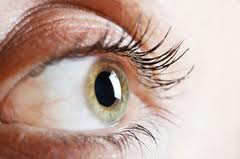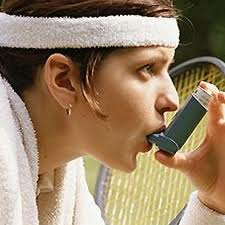
Eyestrain
Definition:
Eyestrain occurs when your eyes get tired from intense use, such as
driving a car for extended periods, reading or working at a computer.
Although eyestrain can be annoying, it usually isn't serious and goes
away once you rest your eyes. In some cases, signs and symptoms of
eyestrain can indicate an underlying eye condition that needs treatment.
Although you may not be able to change the nature of your job or all
the...










.jpg)
.jpg)







.jpg)